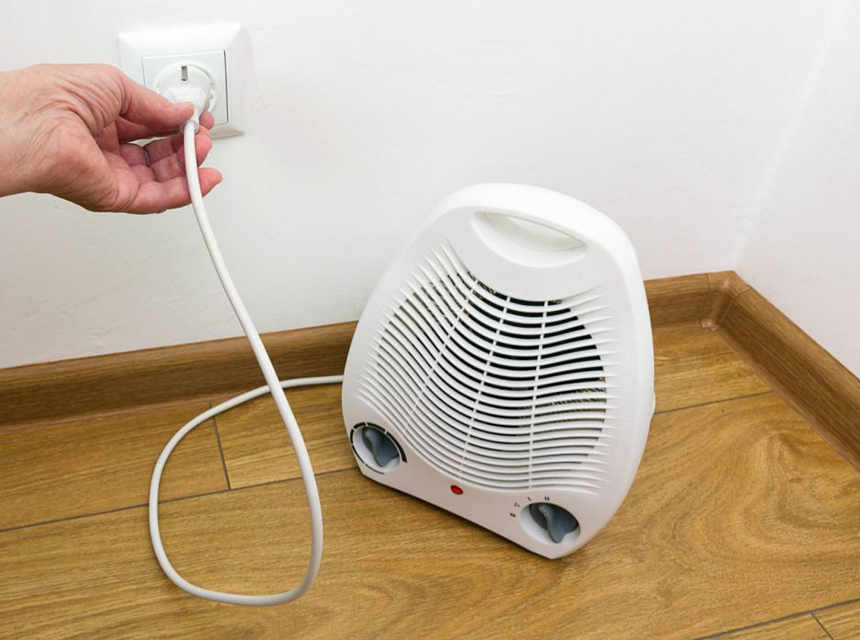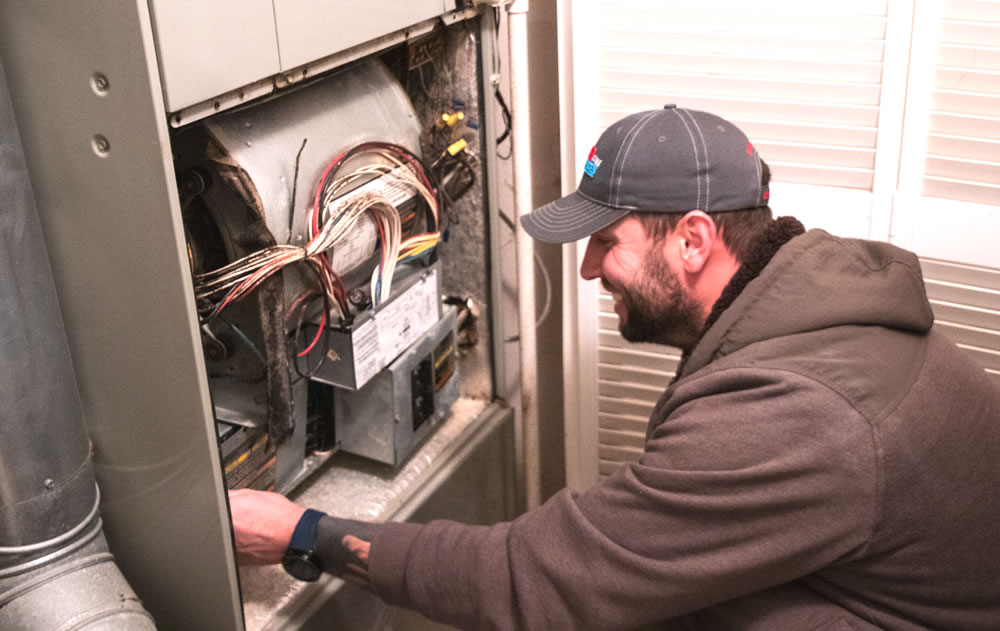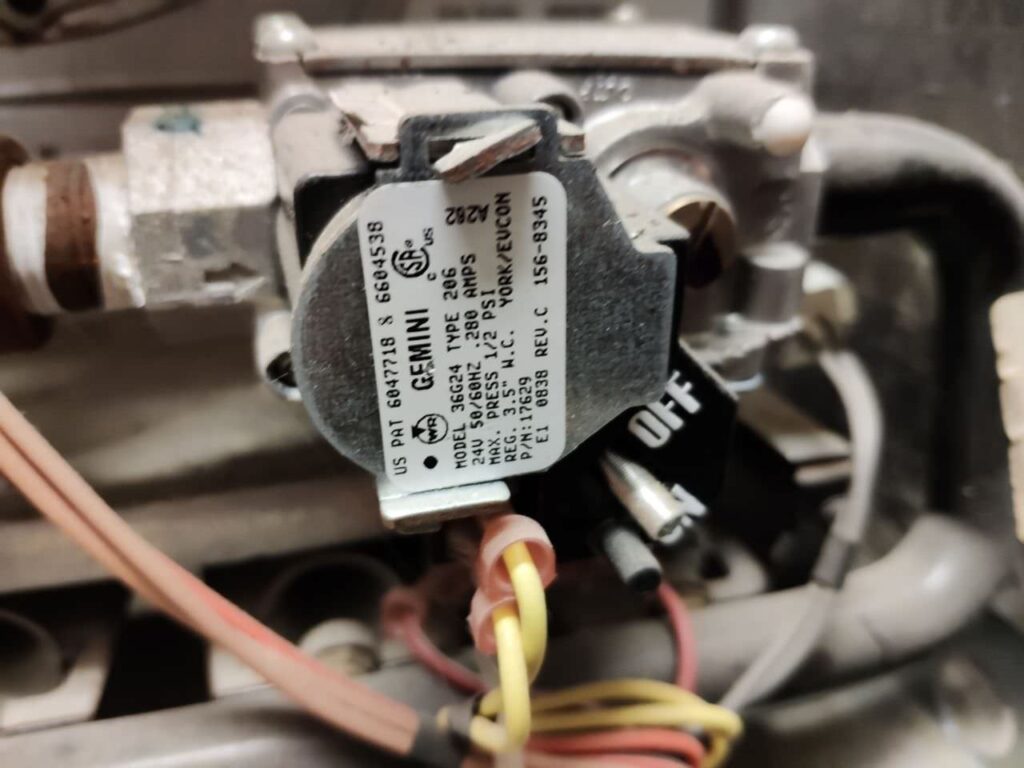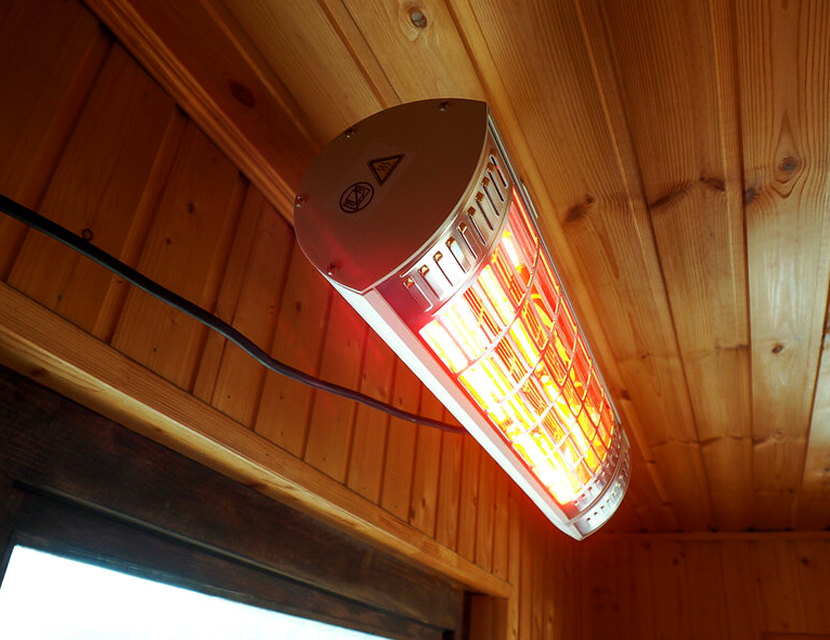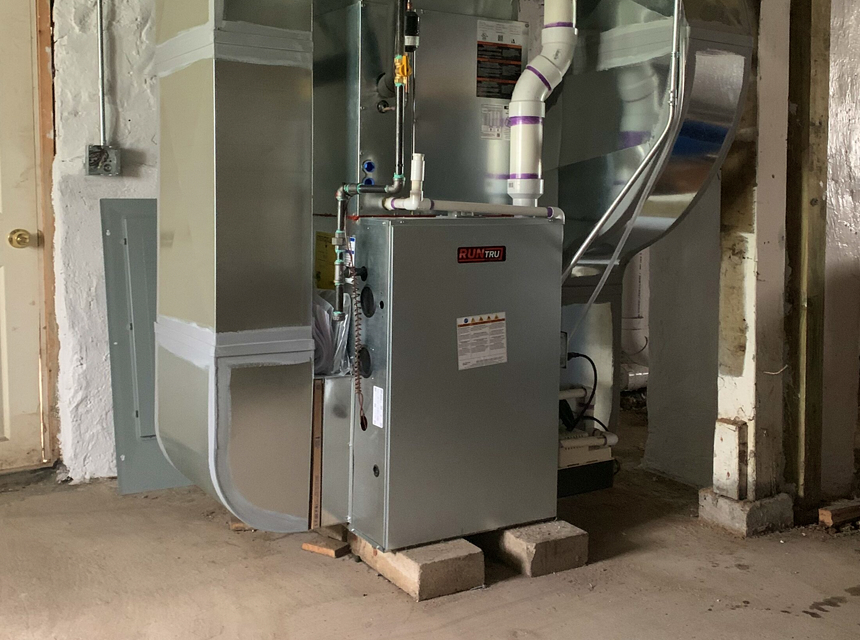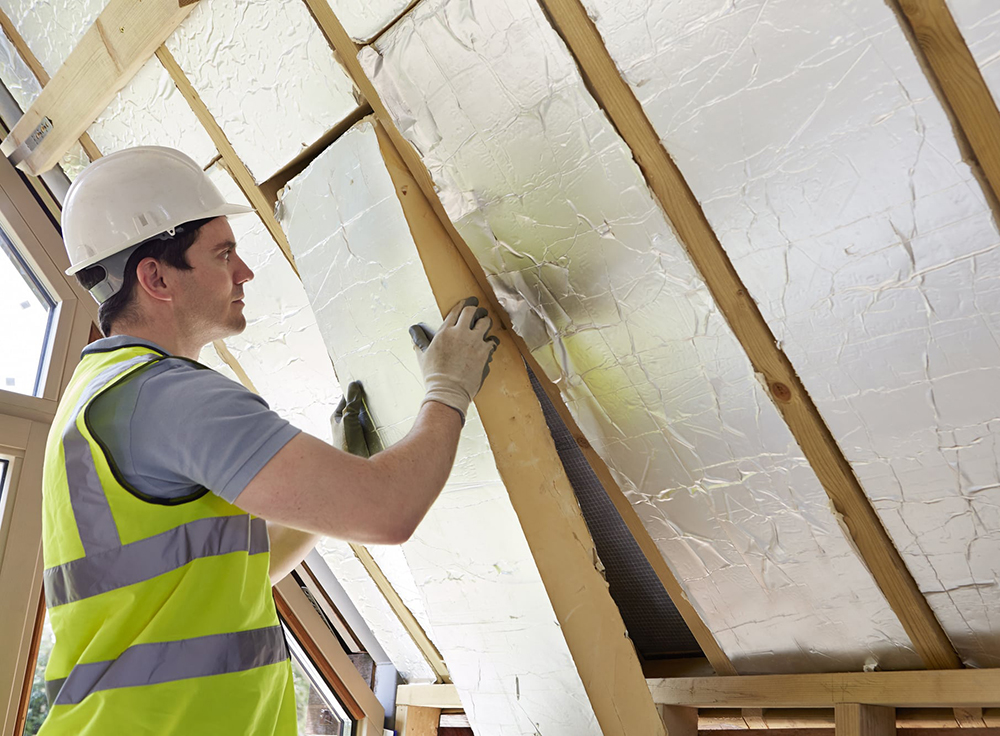

Heating systems have become a necessity in every house with their ability to moderate the indoor temperature. Even if you do not live in a particularly cold place, you will benefit from having a heating system that makes your house cozy and warm all the time.
Today, you will find many effective heating systems available on the market that operate via different methods. It is easy to get confused as to which heating system will work best for your home. When choosing your type of heating system, you should make sure that it satisfies the heating requirement you are looking for specifically.
Your goal should be to make your house as comfortable as possible without going beyond your budget. Heating expenses can sometimes be overwhelming, which is why you need to consider energy efficiency, among other things, when choosing a heating system.
Installing a heating system or a space heater earlier in the year will lead your family members to thank you during the winter months.
There are different types of heating systems on the market. They can be categorized based on the heat distribution system they use. Alternatively, one can also distinguish among them based on the source of heat they use. Knowing how each system works will help you make the correct decision for your house.
The forced-air system is one of the most common HVAC systems used in households. It comes with a furnace as the source of the heat, and the blower fan is responsible for delivering warm air to all the rooms through a network of ducts. You will find that forced air systems help to adjust the temperature of the room swiftly. One of the main advantages of this system is that it can share the same ductwork and blower as that of the air conditioning system. You can introduce filters to forced air systems so as to eliminate dust and allergens. This system is also compatible with a humidifier.
If your budget is on the lower side, then this is a solid choice.
Steam radiant heating systems use radiators in order to transport heat. A boiler is responsible for sending hot water to the radiators. Once the cold water returns to the boiler, it heats up again, and the cycle continues. The steam moves through the piping without a pump. This type of heating is common in older lots and larger buildings. This heating system does not have many moving parts, which means that it is less prone to break down. They tend to be low maintenance and durable. The entire process might lag at times which is why this system is not completely reliable.
If you’re inclining to a steam radiant heating system, you have to be very careful about maintenance so that it lasts for a few years.
Radiant heating systems necessarily require a boiler. They usually warm up physical objects rather than just the air. The water heats up in the boiler, and it travels via tubes that are installed underneath the floor. The heat is distributed towards the ceiling as hot air always radiates up. The boiler can use propane, electricity, or natural gas as fuel. This is a popular version of radiant heating systems that has emerged recently in the in-floor model. It involves the placement of plastic water tubes inside the floor slabs. They are quiet, energy-efficient, and highly effective. Innovative radiant floor heaters like this Electric Radiant Floor Heat Heating System do not require you to do any separate installations. You can place it underneath the floor and feel the heat radiating up towards you immediately. Customers love it because it is easy to use and emits comfortable heat.
Hydronic systems are a modern rendition of radiant heating, and they are rapidly becoming more popular. These systems use a hot water baseboard system to distribute heat. What this essentially means is that a central boiler is responsible for heating the water, which is then circulated all around the house via a network of water pipes. The water reaches the baseboard heating units from where the heat then radiates up to the room with the help of the metal fins placed around the pipe. The fins help in increasing the area for heat dissipation. The cold water drops to the board unit for heating while the warm air rises through convection. Hydronic systems are energy-efficient and quiet. They require very little maintenance.
Electric baseboard heaters are one of the less popular types of heaters used in households, but that does not reduce their effectiveness. You can install these electrical heaters with relative ease because there is no fuss about installing pumps, ductwork, or any distribution mechanism. They are inexpensive to set up and are low maintenance because there are no moving parts installed. The only problem is that the cost of electricity can add up to a lot sometimes.
Baseboard heaters convert the electrical energy to heat energy, and then the warmth is distributed via natural convection. The hot air rises and warms you up. They heat objects which means that there is a lesser chance of heat loss. These systems are versatile, and you can install them anywhere in your house.
If you want to try something modern and more natural, you should check out geothermal heat pumps. They use the temperature of the earth and its consistent nature to adjust the temperature inside your house. They are very energy-efficient, but the main drawback is that you will have to pay a large sum upfront for installation. Geothermal systems take the heat of the soil or a body of water around your house and then release it indoors. This complicated system is made possible by a series of pipes that is installed deep under the earth in a loop. Water or any refrigerant solution is then made to go through the loops capturing the heat.
Geothermal systems are environmentally friendly because they do not require you to burn any external fuel. They can also cut down your energy costs in the long run. They are safe to use, and you should definitely consider them if you can afford to splurge on the installation.
If you like to opt for traditional methods, then you can always enjoy the warmth of a fireplace. Modern fireplaces tend to draw air from the room for effective combustion. You can either choose to chop up your own wood and light the fire manually, or you can opt for an electric fireplace that runs by burning other fuels. In order to make a fireplace an effective heating solution, you will have to seal all the sources of outside air in the room. Otherwise, the cold air will immediately rush to take in the place of the air taken in by the fireplace. It is a fair option for sure, but you have much better choices at your disposal today.
The source of heat is an important component of any heating system. The type of heat being emitted and distributed is often different based on the source of heat. If you have a preference in this regard, you should definitely take it into account when choosing a heating system.
Electricity is an excellent source of heat energy, irrespective of which heat distribution system you use. It is easy to set up because you will not have to worry about the fuel supply once you install the necessary wires. Electric furnaces are becoming increasingly common alongside electric baseboard heaters. You can also use electric radiant heaters that can be installed near the ceiling, providing more direct heat to the occupants of the room. Using electricity is effective and convenient, there’s no doubt.
The primary disadvantage of relying on electricity as the sole heat source is that it can be expensive overall, both in terms of maintenance and energy costs.
Solar energy is an excellent source of renewable energy that is effective when used in a heating system. You can use active solar heating systems to redirect the sunlight and heat up air or any warm liquid that can then be transmitted through pipes around the house. The solar heat can also be stored for later use. In some cases, a solar heating system alone might not be enough to heat up the entire house.
Heat pumps are a versatile choice in the sense that they can both heat and cool the house depending on what you want. They are basically two-way air conditioners. In order to heat a space, the system collects the heat from outdoors via an electrical system and then releases the heat indoors. Most heat pumps rely on forced-air distribution to move the hot air inside the house. Air-source heat pumps collect heat from the outside air, while ground-source heat pumps use underground heat.
Heat pumps have been impressing households because of their energy efficiency. Many users regard the Innovair Air Conditioner Heat Pump as a reliable heat pump system. The heating mode is effective even when the external temperatures are as low as -4 °F. It allows for dehumidification and can be controlled wirelessly, making it the perfect addition to any modern home.
Boilers primarily act as water heaters. Boiler heating systems warm up space by distributing the heat captured in the water. The hot water is made to travel across the house through a series of pipes and radiators. Water is able to absorb a lot of heat and energy, which is why it is so effective in heating up the house. The central boiler usually relies on a fuel source to heat up the water. Radiant floor heating systems or hydronic systems intercept the hot water, and the heat then rises up. Steam boilers circulate the steam instead of the water.
The cold water returns to the boiler, where it gets heated again.
Furnaces usually heat up air and then distribute it around the house through air ducts. Modern furnaces self-feed the fuel they require and ignite automatically. Elaborate furnace systems come with heat exchangers, blower fans, and duct systems to pump the heat across the house. Natural gas is an excellent fuel option for furnaces because they are capable of producing more heat from little fuel. Your furnace will get an endless supply of natural gas through the gas lines.
Gas heaters are perfect for smaller spaces and they are efficient. They do not require too much energy and are effective. Gas heaters can be flued (vented) or unflued (unvented). Vented gas heaters do not need any extra ventilation and are hence easier to set up. On the other hand, unvented gas heaters are more energy-efficient. You can also use propane or natural gas instead of electricity as the fuel to operate furnaces and boilers if you want to opt for cheaper and cleaner energy. There are plenty of models available that support propane as fuel.
Wood is most commonly used in fireplaces as the source of heat. While there is no doubt that that wood is an effective fuel, it is not the greatest selection to make when you have newer technologies available. Wood and pellet-burning by themselves can also be a heat source, but you would risk polluting the air around. Chopping up wood is also prohibited in some areas. Having a fireplace inside your house can be hazardous if you aren’t careful. If you want an innovative heating system that is environmentally friendly, then wood should not be your fuel of choice. Having said that, wood is cheaper to procure than some other fuels.
Are you confused between a heat pump and a furnace? Choosing the best heating system for your house can be more difficult than it sounds, but you will pass the test with flying colors if you keep a few factors in mind when picking the model.
Heating systems are a boon that we should truly appreciate. Nothing feels worse than living in a cold and dry house with the people you love. Installing the perfect heating and cooling system will ensure that you never have to worry about the ambient temperature of your house ever again.
Now that you know all your available options, it is time to choose your type of heating system. Since this is an important investment, you should take your time before making the final call. Don’t forget to budget ahead of time so that you do not end up splurging more than you intended!
